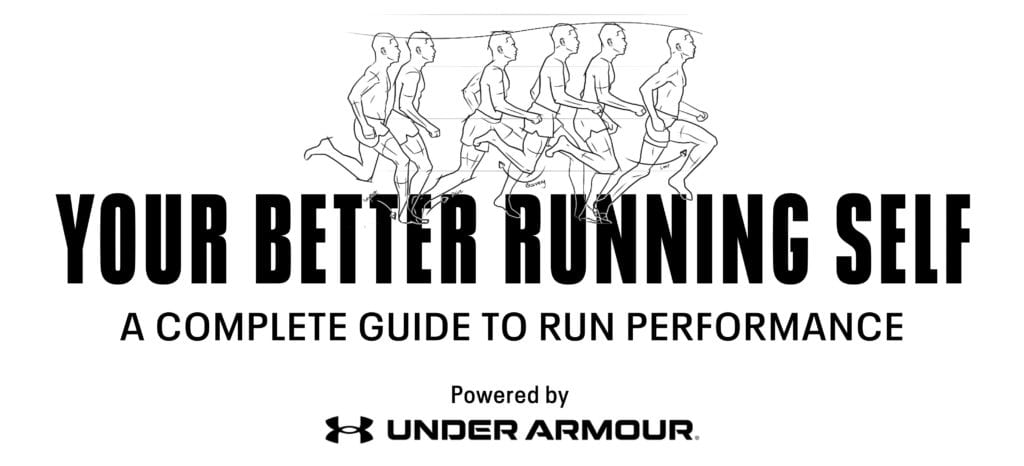Why recovery is the key to performance
Runners can optimize their performance by implementing a sound recovery strategy
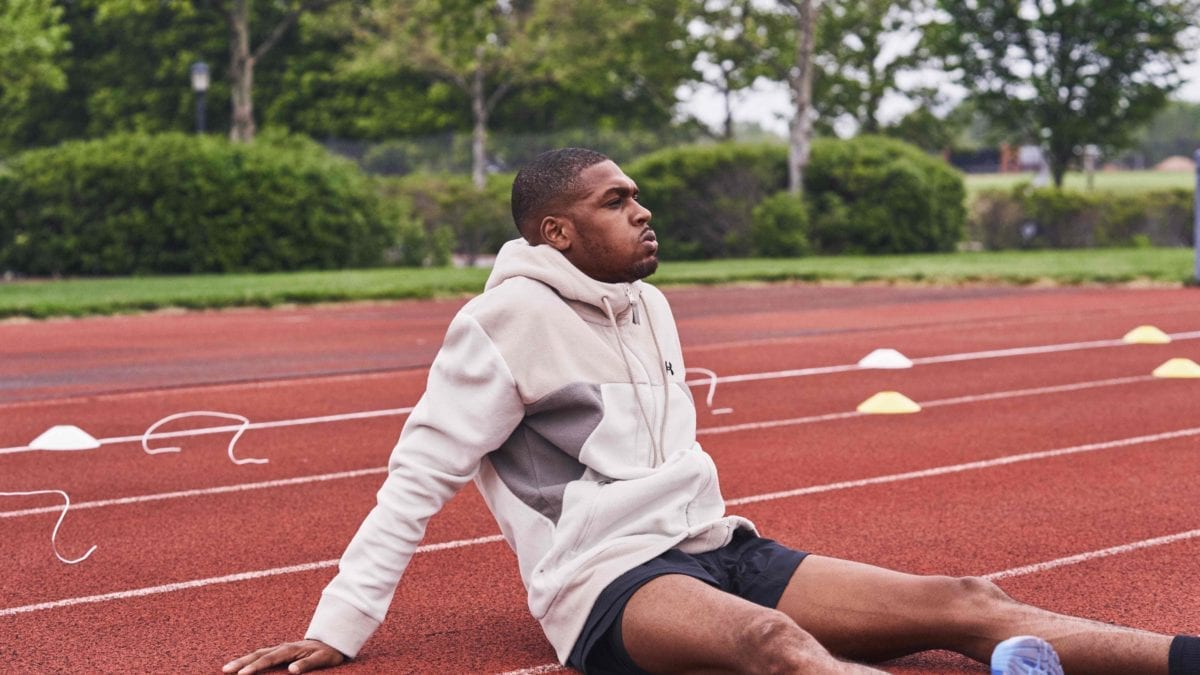
Many new runners believe that the more they run, the fitter and faster they will get. While this is true to a certain degree, performance gains actually happen not during activity, but during recovery – those periods of downtime when muscles and tissues repair themselves from the microtears inflicted during a workout – which is why runners need to pay as much attention to recovery as they do to training. Making sure you’re adequately recovered between workouts is also a good way to avoid getting injured.
Michael Watts, Under Armour’s Director of Global Athlete Performance, says recovery is “arguably more important than the training.” He adds that “Recovery can help us maximize our adaptation, or it can help us get ready for another training session, or it can help us get ready for an event.”
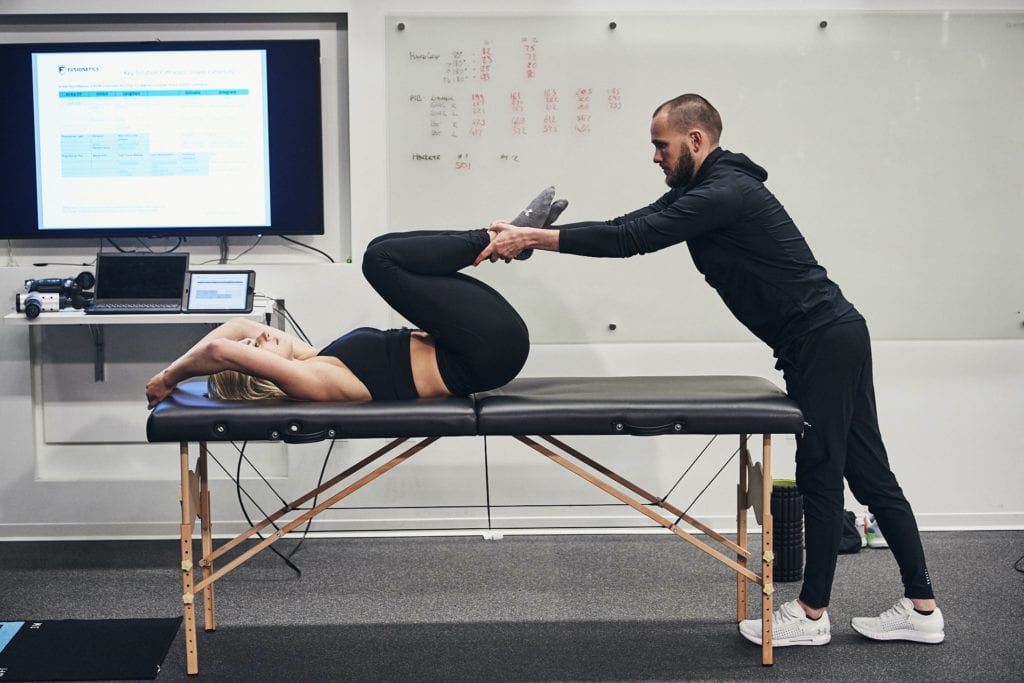
Plan for adequate recovery
Watts says the most important aspect of recovery is planning for it. “I think most of us, when we start to think about training for a marathon or a half-marathon, we spend a lot of time on the training aspect: I’m going to run this pace and this many miles, I’m gonna do this on this day, and we forget to plan recovery.”
One easy way to train yourself to plan for recovery is, when designing or choosing a training plan, always include “easy” running days between hard workout days. For example, if you plan to do some combination of tempo runs, fartleks, track intervals and strength training once or twice a week, as well as your weekly long run, for best results schedule them at least a day or two apart, and either run easy on those days or take the day off. That way, after each hard or long session, you’ll be adequately recovered by the time the next one comes around.
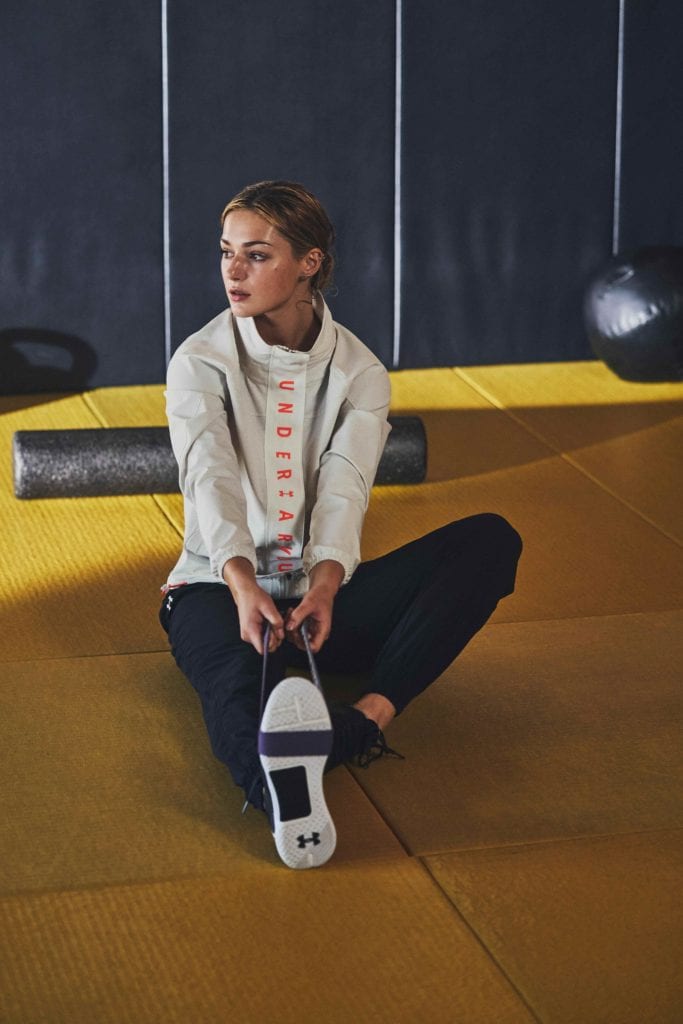
Watts recommends having a recovery system that’s built into your training plan. “The tools, really, are the things that come and go, because technology changes and companies develop different tools,” says Watts. “We say, ‘Don’t chase the shiny objects, just make sure you have a bit of a system.’ For example, if you are going to do cold therapy, or contrast bathing, or infrared sauna, or whatever it might be, just know why you are doing that and how it fits into your system, rather than just doing it.”
It’s also important to have practical, lightweight, packable alternatives when traveling – such as compression socks and a stick roller, when you would normally use compression boots and a bulkier foam roller if you were at home.
Recovery starts with your cooldown
Getting into the habit of doing a proper cooldown after every workout is an excellent way to promote recovery. Always take several minutes to move around, jogging or walking, after your workout. Foam rolling and stretching (carefully, and avoiding any areas that may have been strained during your workout) can also be extremely useful, as are regular consultations with a physiotherapist and massage therapist.
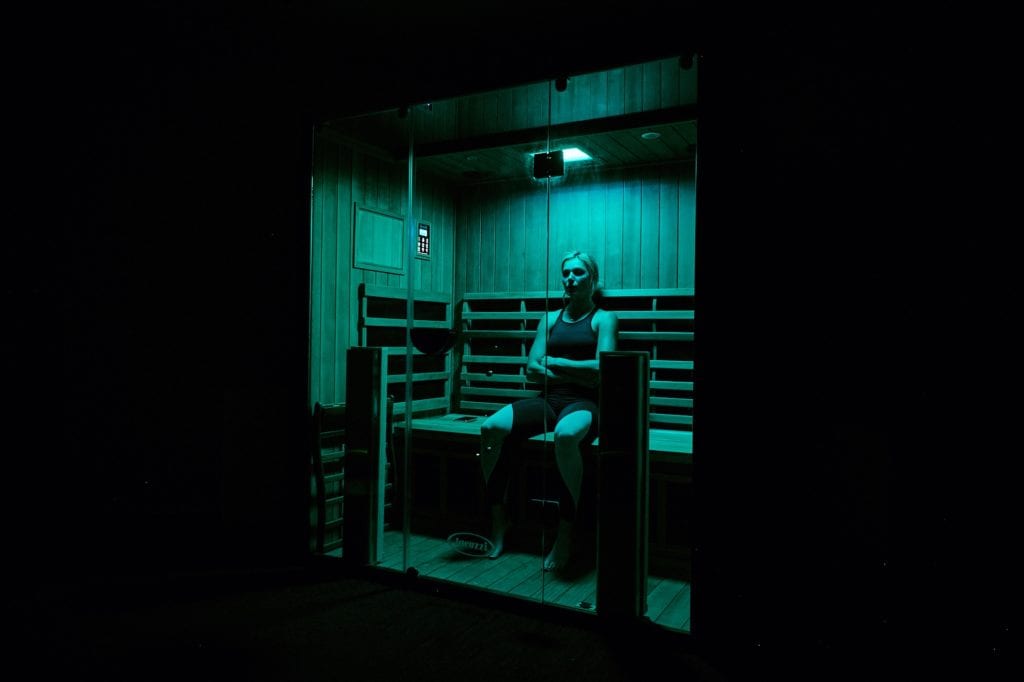
As we saw with the warmup, during your cooldown you should be careful to distinguish between muscles that may be overactive or short and tight (which should be addressed with foam-rolling and static stretching), and those that are long and weak (which may be isolated and activated). Watts points out that these principles have been incorporated into an athlete-centred approach to training and rehabilitation by Dr. Micheal Clark, founder of the National Academy of Sports Medicine in Chandler, Ariz.
The importance of sleep
Watts says that sleep is the No.1 recovery modality in helping both body and mind recover from hard exertion. “The science and research are growing, and we are starting to really understand the importance of sleep, not only for our health, wellness and longevity but also for our performance,” says Watts. He adds that the research recommends eight to 10 hours of sleep per night for athletes, with 20 to 25 per cent of sleep time being REM (rapid eye movement) and 15 to 20 per cent being deep sleep.
Watts can’t emphasize enough how important sleep is for performance: “Sleep can help repair and regenerate both the body and the mind, so it’s an essential recovery tool for athletes,” he says, pointing out that sleep reduces inflammation, promotes the production of human growth hormone, regulates blood sugar levels and hormonal responses throughout the body and allows the brain and body to detoxify. He adds that it’s while we sleep that the adaptations we’ve been training actually occur in the body (not while we are working out), so your best performance as an athlete depends on planning for adequate sleep, creating an environment that’s conducive to getting enough sleep and cultivating habits that protect your sleep.
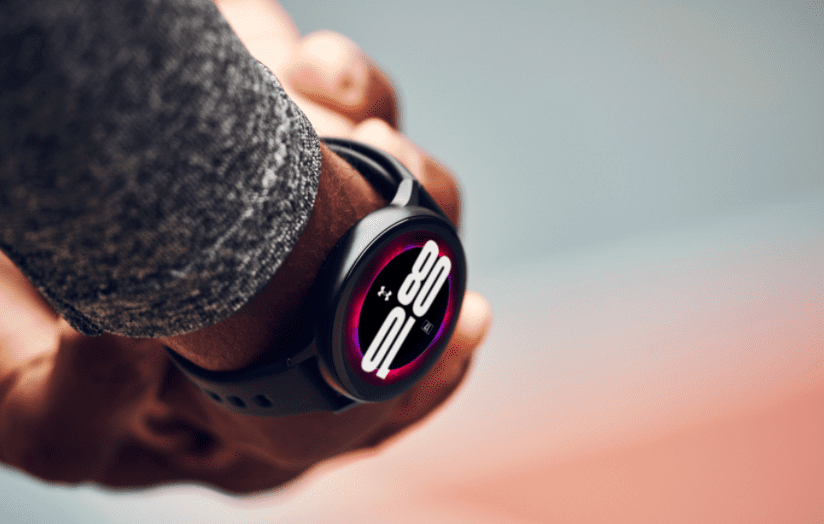
To create an environment that’s conducive to good-quality sleep, you might opt for an eye mask, earplugs, or even a white noise machine or app, especially when traveling takes you out of your time zone and normal routines.
If you’re someone who doesn’t always get enough sleep, a sleep tracker might provide useful insights. The Samsung Galaxy Watch Active2, Under Armour Edition offers heart rate and sleep tracking data, and comes pre-loaded with the UA MapMyRun™ app and a six-month membership to MapMyRun™ MVP. (The watch is currently available in Canada at selected retailers only, and in the U.S. at UA.com.)
UA Recover™ sleepwear, tracksuits and warmups are excellent choices for your recovery activities and sleep. UA Recover is made with mineral-infused technical fabric that takes the energy given off by your body and reflects it back into your muscles, so they feel less fatigued and recover faster.
A well-planned approach to recovery should also include foam rolling, followed by static stretching (for muscles that are short and tight), and then isolated activation of muscles that are long and weak. Massage and physiotherapy are also strongly recommended.
